California Lawmakers Pass $US 7.5B Water Bond
The spending measure now goes to the voters in November.
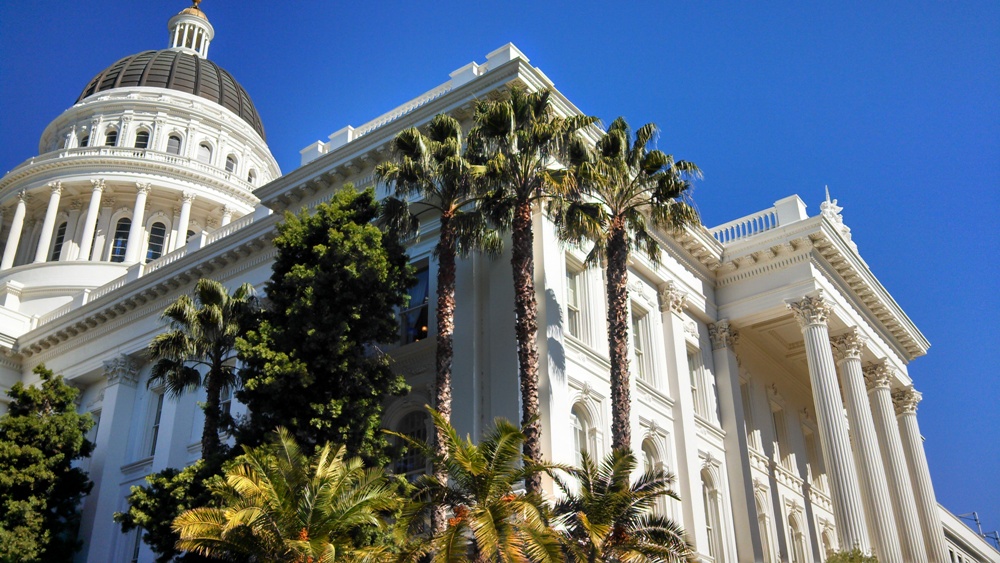
By Brett Walton
Circle of Blue
Hours before an extended deadline expired, California lawmakers on Wednesday evening passed with overwhelming support a $US 7.5 billion water spending package that allocates money to store, clean, and deliver water as well as restore ecosystems and prepare for a warming world.
Governor Jerry Brown, who stayed out of negotiations until the last week, promptly signed the bill, thus checking off one of two major pieces of water legislation – the other being groundwater reform – that will be addressed before the legislature adjourns August 31.
Destined for the November ballot, the water bond will replace an $US 11.1 billion dollar package that was passed by the legislature in 2009 but never reached the voters for fear of failure. That measure was widely viewed in Sacramento as being too large and too laden with pet projects to garner public approval.
–Toni Atkins
California Assembly Speaker
Spurred to action by a historic three-year drought that has put the state’s complex water system in the spotlight, Democrats and Republicans in both legislative chambers have great hopes for this version, which passed by a 77 to 2 vote in the Assembly and a 37 to 0 vote in the Senate.
“This bond will be successful because we put in the work together,” said Assembly Speaker Toni Atkins.
Roughly $US 7.1 billion is new spending; the balance comes from older bond funds being redirected to new purposes.
The mood in the Capitol was joyous as the representatives verbally hugged each other in celebrating a bill that was rejected in June and needed a last minute deadline extension on Monday in order to reach the finish line.
“This is a proud moment for the institution,” said Senate leader Darrell Steinberg, before offering an early stump speech for the spending package. “The time to act is now. Most of us take water for granted. We turn the tap and water comes out. Yet our population is growing and our water supplies are diminishing. This bond represents investments and strategies that will help California be able to turn on that tap in the future.”
The bill offered a prize for every region in the hydrologically diverse state. Projects to treat wastewater or provide clean drinking water get $US 520 million. Water recycling projects earned $US 725 million.
The bill doles out $US 1.5 billion to repair streams, wetlands, and fish habitat, allocating roughly one-fifth of that amount to 11 regional conservancies.
Southern California representatives, concerned about aquifers polluted from a century of industrial contamination, were pleased with the $US 900 million to clean up groundwater basins. Some $US 810 million will be available for projects that regional bodies deem necessary to adapt to climate change or water scarcity.
“Regional sustainability is a big winner to me,” said Senator Fran Pavely, who represents a district northwest of Los Angeles. “I think this passes easily in November.”
Passage of the bond hung on how much money would be allocated for storage, meaning above ground in new or expanded reservoirs or underground in aquifers.
Republicans in the Central Valley, a farming powerhouse, wanted at least $US 3 billion. The version that failed in June offered $US 2.5 billion. A compromise of $US 2.7 billion, more than one-third of the bond spending, was reached this week. Two dams – Temperance Flat on the San Joaquin River and Sites reservoir in an off-stream channel in the Sacramento Valley – are targets for funding that are staunchly opposed by green groups and sure to provoke the most debate of any proposal in the bill.
The California Water Commission, a nine member body appointed by the governor, will select which projects receive money. That decision will be based on the “public benefits” – defined as improvements to water quality or the temperature and timing of river flows for fish species; additions to flood control capacity; emergency supplies to respond to a natural disaster or act of terrorism; and a place to swim or boat.
Because the construction funds for storage cannot be spent until December 2016, those battles will come later. For now, the Capitol is jubilant.
“If we can get water done in California with its history,” Steinberg said, “then we can get just about anything else done and we will.”
Brett writes about agriculture, energy, infrastructure, and the politics and economics of water in the United States. He also writes the Federal Water Tap, Circle of Blue’s weekly digest of U.S. government water news. He is the winner of two Society of Environmental Journalists reporting awards, one of the top honors in American environmental journalism: first place for explanatory reporting for a series on septic system pollution in the United States(2016) and third place for beat reporting in a small market (2014). He received the Sierra Club’s Distinguished Service Award in 2018. Brett lives in Seattle, where he hikes the mountains and bakes pies. Contact Brett Walton


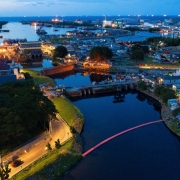

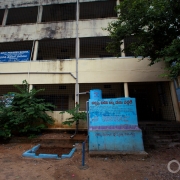

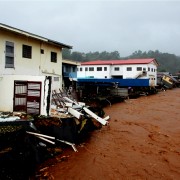

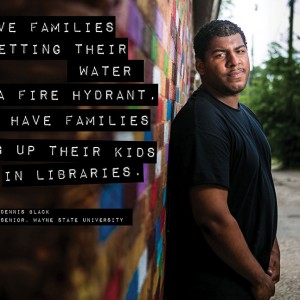

Good to see that California is finally starting to realize the importance of continuous water management. Here in Nevada, our consumptive use of the Colorado River (Acre-Feet) continues to drop, despite increased tourism and population.
http://www.usbr.gov/lc/region/g4000/wtracct.html
1990 178,100
1991 180,200
1992 177,500
1993 204,400
1994 227,500 – Population in Clark County just under one million, 28 million tourist visits
1995 217,400
1996 249,200
1997 242,800
1998 245,300
1999 291,100
2000 322,000
2001 315,400
2002 308,000
2003 311,000
2004 284,000
2005 288,000
2006 306,000
2007 308,000
2008 267,000
2009 248,000
2010 243,000
2011 300,000
2012 236,000
2013 223,563 – Population in Clark County just over 2 million, almost 40 million tourist visits
In Clark County, we capture Valley rainwater with our conveyance system, and have three state-of-the-art waste-water facilities. When California starts desalinization, converts landscapes to xeriscapes (they already have programs that pay $3/sq-ft, far more than SNWA’s $0.75/sq-ft), and farmers see the value in fallowing for water rights, they will get through this current water cycle.